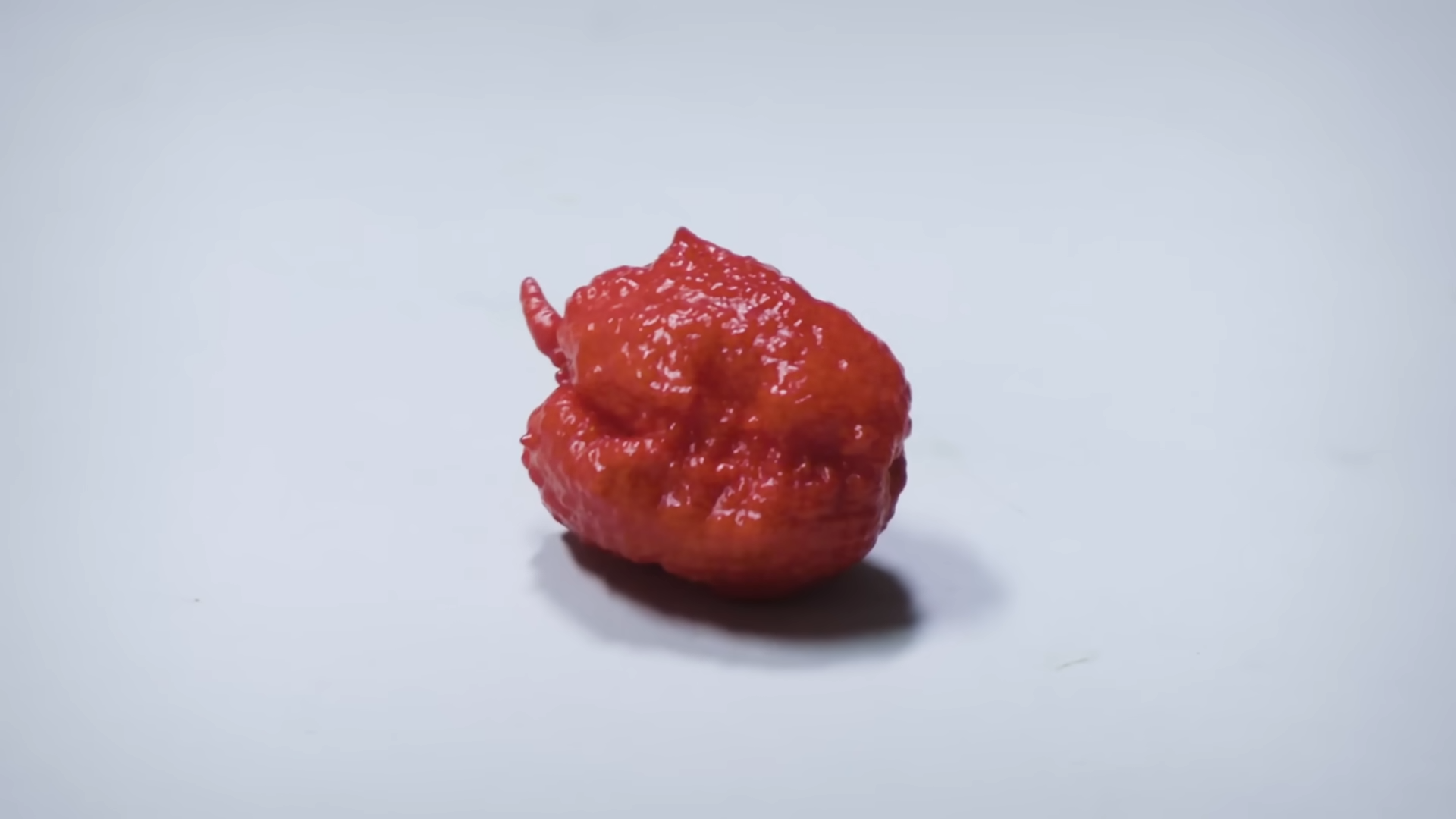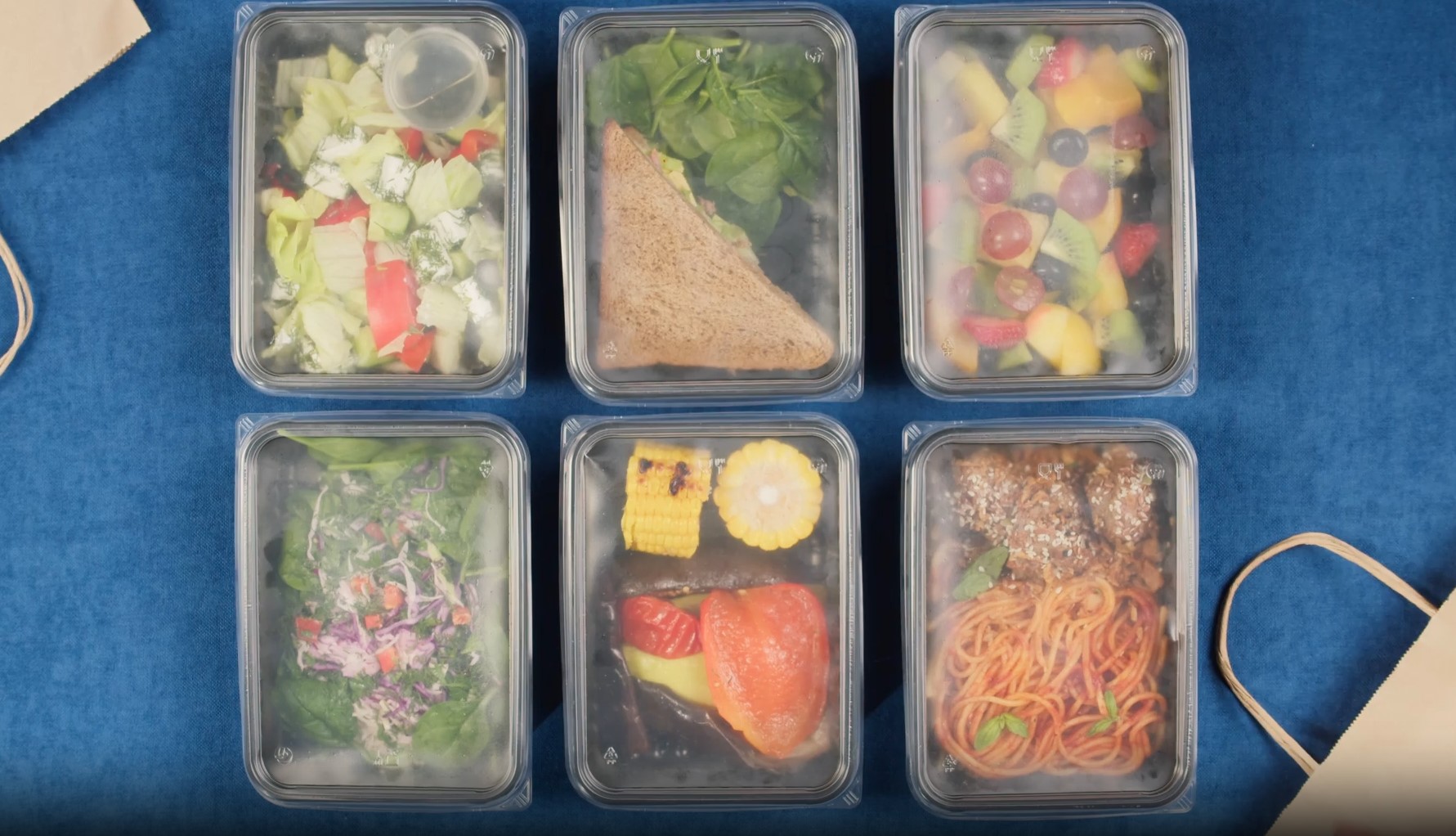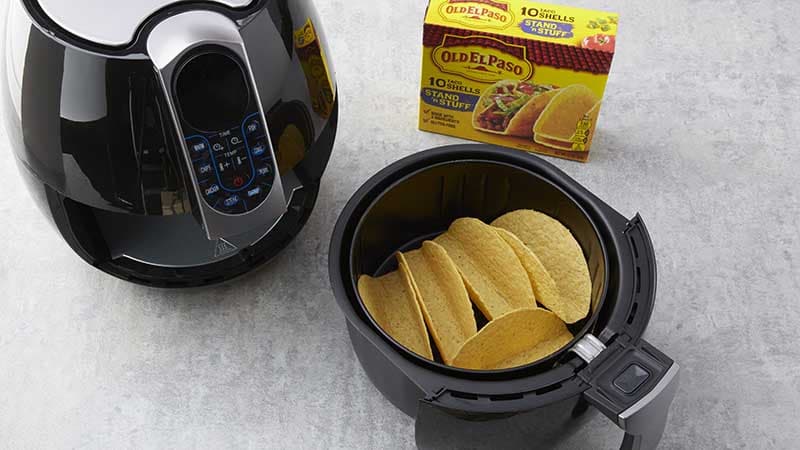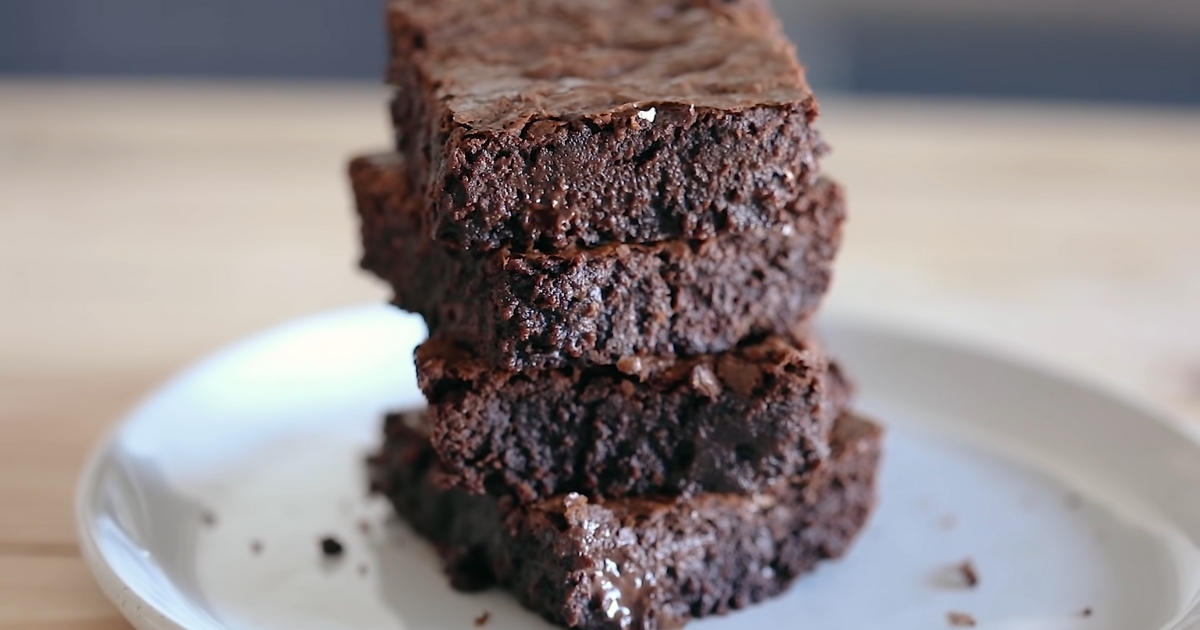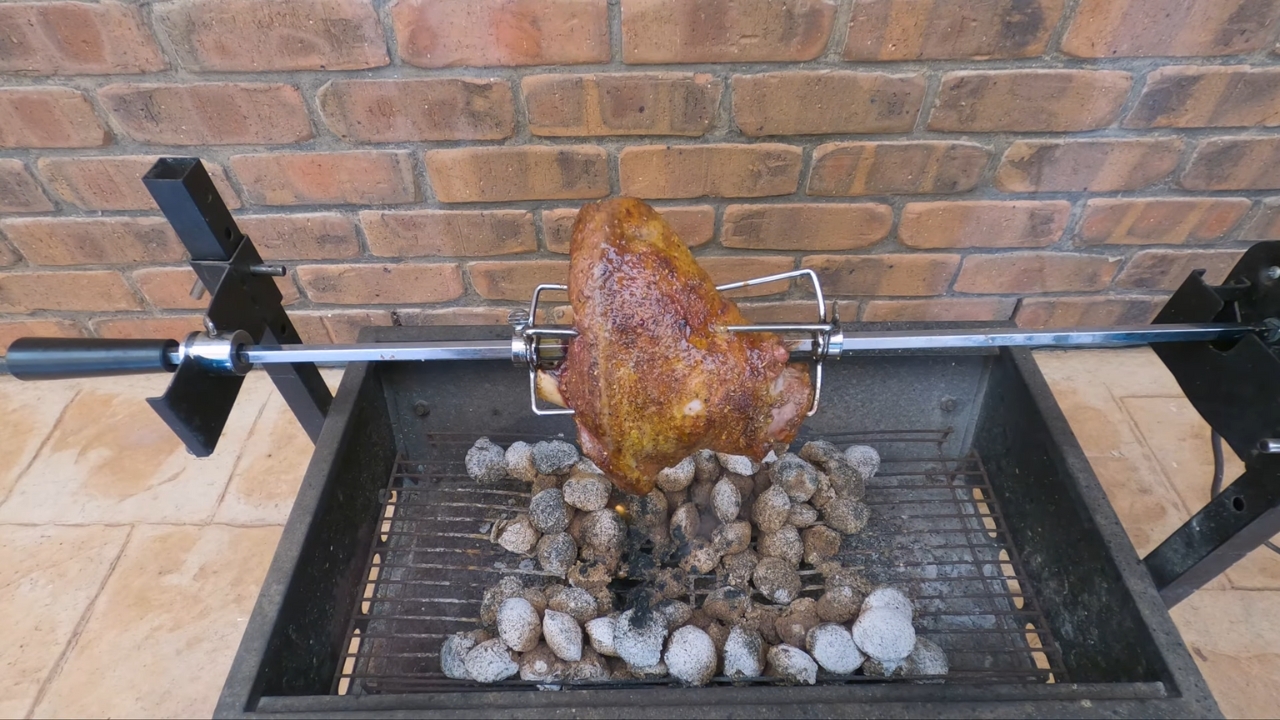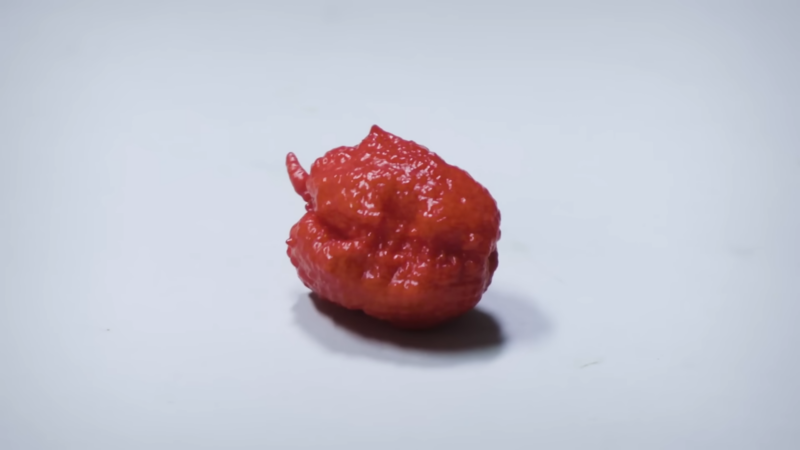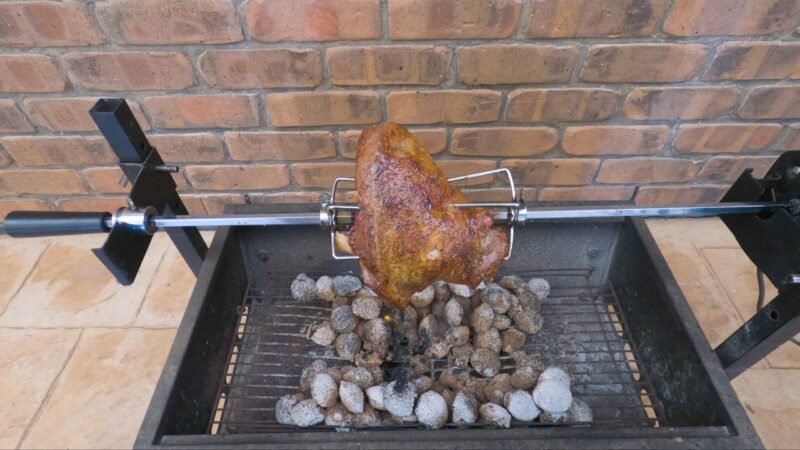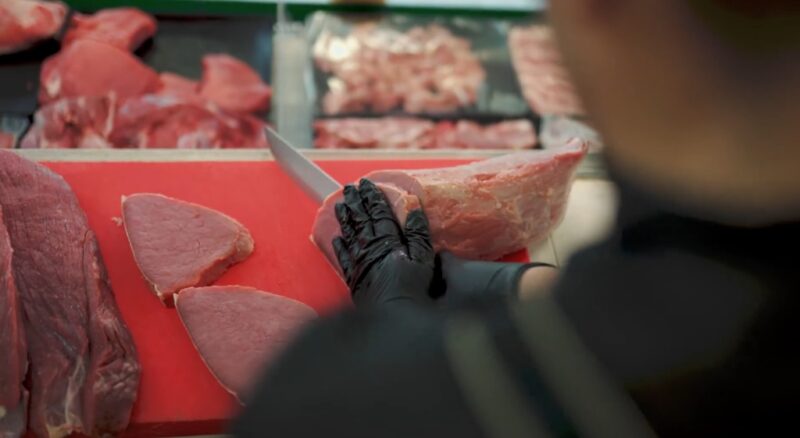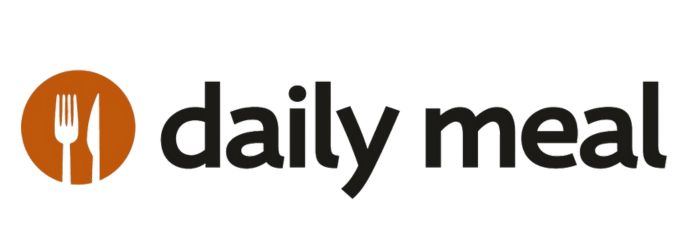
In an age where time is a precious commodity, frozen foods offer the convenience we often crave. From ready-to-eat meals to perishable goods like meat and vegetables, the freezer is an indispensable tool in modern life. But what happens when there’s a glitch—like a power outage or a faulty freezer?
How can you tell if your frozen foods have thawed and been refrozen, and more importantly, is it safe to eat them? This guide aims to answer these pressing questions. With a combination of scientific facts and practical advice, we’ll talk about the signs that your frozen food might have crossed over to the “dark side.” Understanding these signs can be crucial for both your health and your wallet.
Table of Contents
ToggleThe Basics of Freezing and Thawing
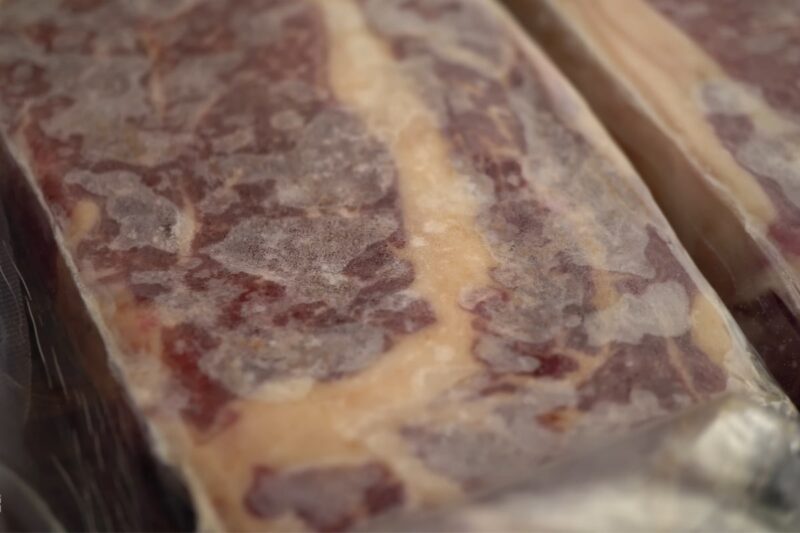
Before we jump into the nitty-gritty of identifying signs of refreezing, let’s first understand what happens to food during the freezing and thawing processes.
What Happens During Freezing
Freezing is more than just making your food cold; it’s a preservation method. When you freeze food, you’re essentially hitting the “pause” button on most of the biological and enzymatic processes that cause food to spoil. Water inside the food forms ice crystals, and these prevent the growth of microorganisms, like bacteria and mold, that make food go bad.
Key Takeaways:
- Freezing slows down spoilage.
- Ice crystals inhibit bacterial growth.
What Happens During Thawing

Thawing is the reverse process where the ice crystals melt, and the food returns to its original state. Unfortunately, thawing also revives dormant bacteria, allowing them to multiply under the right conditions, i.e., warm and humid environments.
Key Takeaways:
- Thawing reverses the freezing process.
- Dormant bacteria can become active.
The Risks of Refreezing
Here’s where the story gets complicated. Once thawed, the clock starts ticking on the food’s safety. If food has been refrozen, it’s often harder to gauge its quality. The more times food undergoes this freeze-thaw cycle, the greater the risk of spoilage and foodborne illnesses.
Key Takeaways:
- Quality deteriorates with each freeze-thaw cycle.
- Increased risk of foodborne illnesses.
Visual Indicators
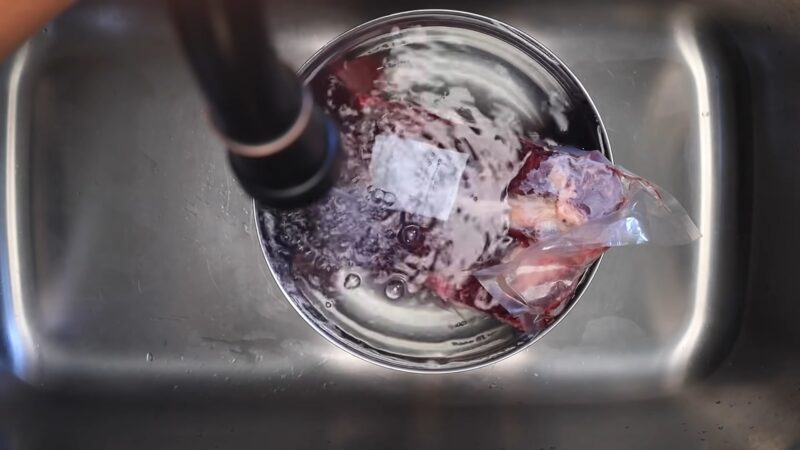
Now that we understand what’s happening at the microscopic level let’s look at the signs you can actually see. The appearance of your frozen food can offer significant clues about its history and current state.
Discoloration
One of the first things you might notice is a change in color. Freshly frozen meat, for example, will retain its original color, while thawed and refrozen meat may appear slightly grayish or faded.
- Fresh frozen: Rich, original color.
- Thawed and refrozen: Grayish or faded.
Texture Changes
Another sign of refreezing is a change in texture. Thawing and refreezing can lead to a breakdown in the cellular structure of the food, making it mushy. For fruits and vegetables, this could mean a loss of crispness.
- Fresh frozen: Firm and intact.
- Thawed and refrozen: Mushy or soft.
Ice Crystals
A heavy accumulation of ice crystals or an “ice burn” on the surface could be a giveaway. While some frost is normal in frozen food, excessive ice indicates the food has thawed, and the water has refrozen on the surface.
- Fresh frozen: Minimal frost.
- Thawed and refrozen: Excessive ice crystals or ice burn.
Olfactory Signs: The Smell Test
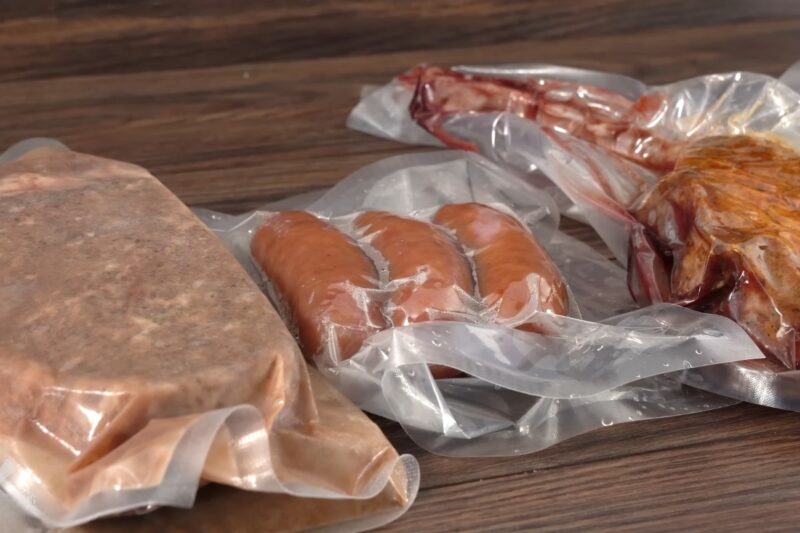
Your nose knows. Olfactory cues can be surprisingly effective in determining the state of your frozen food.
Foul Odor
A strong, unpleasant smell is usually a red flag. Thawing and refreezing can lead to spoilage, and spoiled food emits an off-putting odor that is hard to ignore.
Key Takeaways:
- Fresh frozen food should have a neutral or original scent.
- A strong, unpleasant smell indicates spoilage.
Neutral Smells and Misleading Cues
Beware, though, because not all spoiled food smells bad. Sometimes, the nose can be deceived. Certain pathogens that can make you sick don’t produce a smell. So, while the smell test is helpful, it shouldn’t be your only criterion.
Key Takeaways:
- Not all spoiled foods will smell bad.
- Use multiple methods to assess food quality.
Taste and Safety Concerns

While visuals and smell are helpful, they don’t cover the whole story. There are internal factors you should be aware of, especially concerning safety.
Spoiled vs. Safe to Eat
The presence of spoilage bacteria does not necessarily mean the food is unsafe. However, it does indicate a decline in quality. The real danger lies in pathogenic bacteria, which can exist without visible signs or odors.
The Role of Bacteria
Pathogenic bacteria like Salmonella, E. coli, and Listeria are the real villains when it comes to food safety. While spoilage can make food unpalatable, pathogenic bacteria can make you seriously ill. These bacteria can survive and even thrive during the thawing process, making refrozen food a risk.
Key Takeaways:
- Pathogenic bacteria are the primary safety concern.
- Spoilage bacteria affect quality, not necessarily safety.
What to Do If Food Has Thawed and Been Refrozen
.
You’ve identified the signs; now what? Here are steps to take if you suspect your food has thawed and been refrozen.
Assessing the Situation
Take stock of the type of food and how long it might have been in the danger zone (above 40°F). Foods like meats, dairy, and prepared meals are more susceptible to spoilage and bacterial growth.
- Identify the type of food.
- Estimate how long it’s been in the danger zone.
Safe Refreezing Practices
If the food has only partially thawed and still contains ice crystals, it’s generally safe to refreeze. However, there may be a loss of quality in terms of texture and flavor.
- Partially thawed food with ice crystals can be refrozen.
- Expect a loss of quality.
When to Throw Food Out
When in doubt, throw it out. If you have any reason to believe the food has been compromised, it’s better to err on the side of caution. Your health is not worth the risk.
- Throw out food with signs of spoilage or thawing.
- It’s better to be safe than sorry.
FAQs
What does a color change in the protein mean?
A color change in the protein, such as red steak turning greyish-brown, indicates that the food has come in contact with air. While it’s technically safe to eat, it may not taste great.
How can dull-looking vegetables be interpreted?
Dull-looking vegetables are a sign that they have been frozen for too long or improperly packaged. They may be dry and not as flavorful as they used to be.
What should you do if you can’t remember when you put something in the freezer?
It’s advisable to date your frozen food when you put it in the freezer. If you can’t remember when you put something in, it’s better to throw it out to be on the safe side.
What does the presence of spills indicate?
The presence of spills, especially pink meat juices, at the bottom of your freezer is a bad sign. It indicates that something has thawed and refrozen, contaminating any items that may have come into contact with the juices.
How can a rancid odor be interpreted?
A rancid odor, especially in the case of meat and seafood, indicates that the food has gone bad. It’s not safe to eat and should be discarded.
What does the sticky or slimy texture in defrosted food signify?
A sticky or slimy texture in defrosted food is a sign that the food is no longer good and should be discarded.
What are the safe methods for thawing food?
The USDA recommends three methods for thawing food: microwaves, gradual thawing in refrigerators, and soaking in a cold-water bath.
What are the risks of refreezing thawed food?
Refreezing thawed food can lead to increased bacterial contamination risk, especially if the thawing technique is not safe.
What is freezer burn, and how does it affect food?
Freezer burn occurs when moisture leaves the frozen food, making it leathery or mealy. It’s more likely to happen when you refreeze food after thawing it.
Concluding Thoughts
Understanding the signs of thawed and refrozen food is a crucial skill for anyone who wants to navigate the complexities of modern food storage safely. From visual clues to olfactory cues and, most importantly, knowledge of food safety practices, you’re now equipped to make informed decisions.
Let your freezer continue to be a sanctuary of convenience without the hidden pitfalls of compromised food quality or safety.
Related Posts:
- Is Cornstarch Gluten Free? Everything You Need to Know About
- 12 Best Meat Injectors 2023 - What You Need To Know…
- 5 Amazing Pasta Recipes You’ve Been Looking For -…
- How to Tell If Pork is Bad and is No Longer Safe? -…
- How to Cook Fresh and Frozen Pierogies: From Freezer…
- How Much Brisket Per Person Do I Need? - Preparing…
- Bacteria, Frozen Food, Ice, Refrozen, Risks, Safety, Signs, Smell Test, Taste, Thawed

